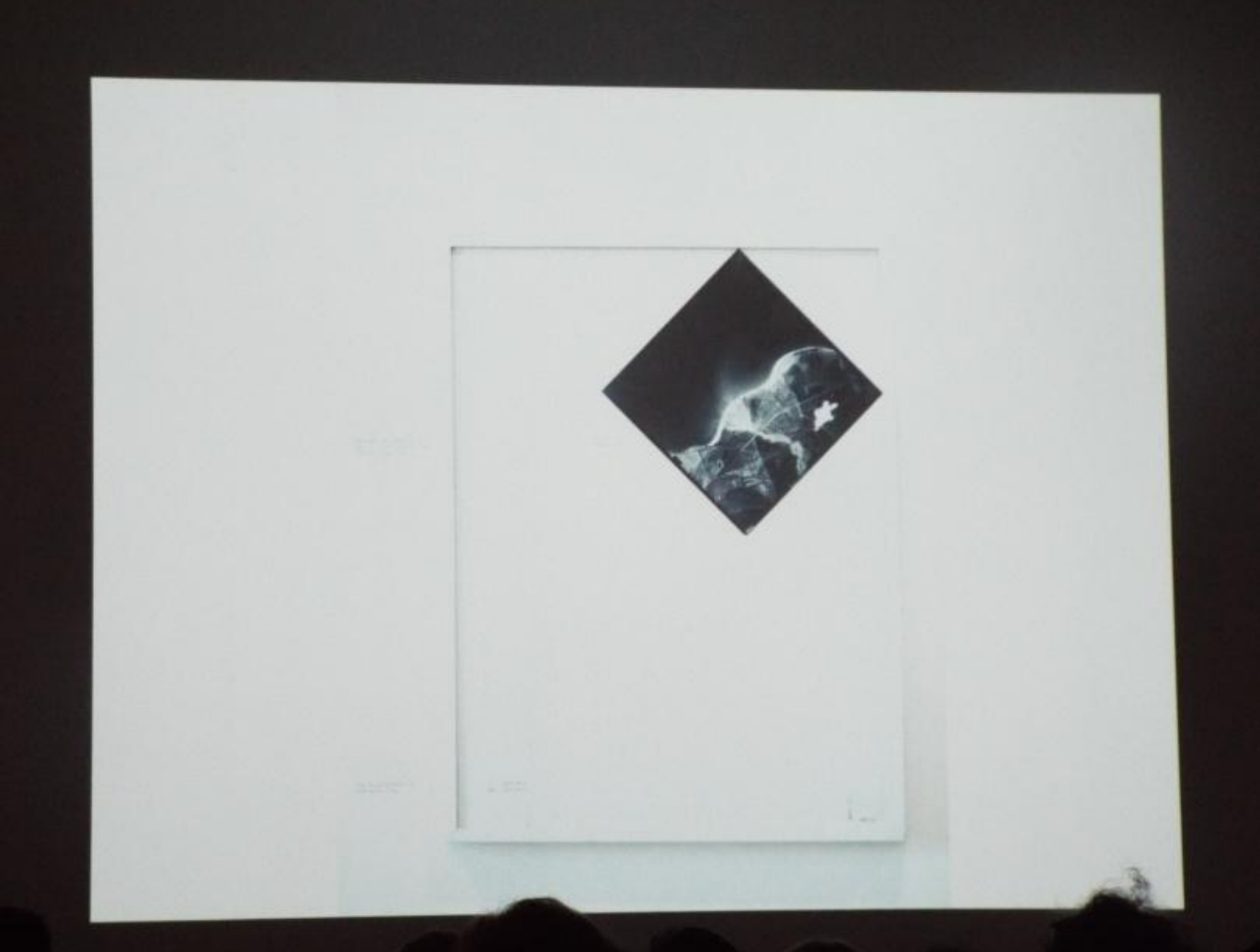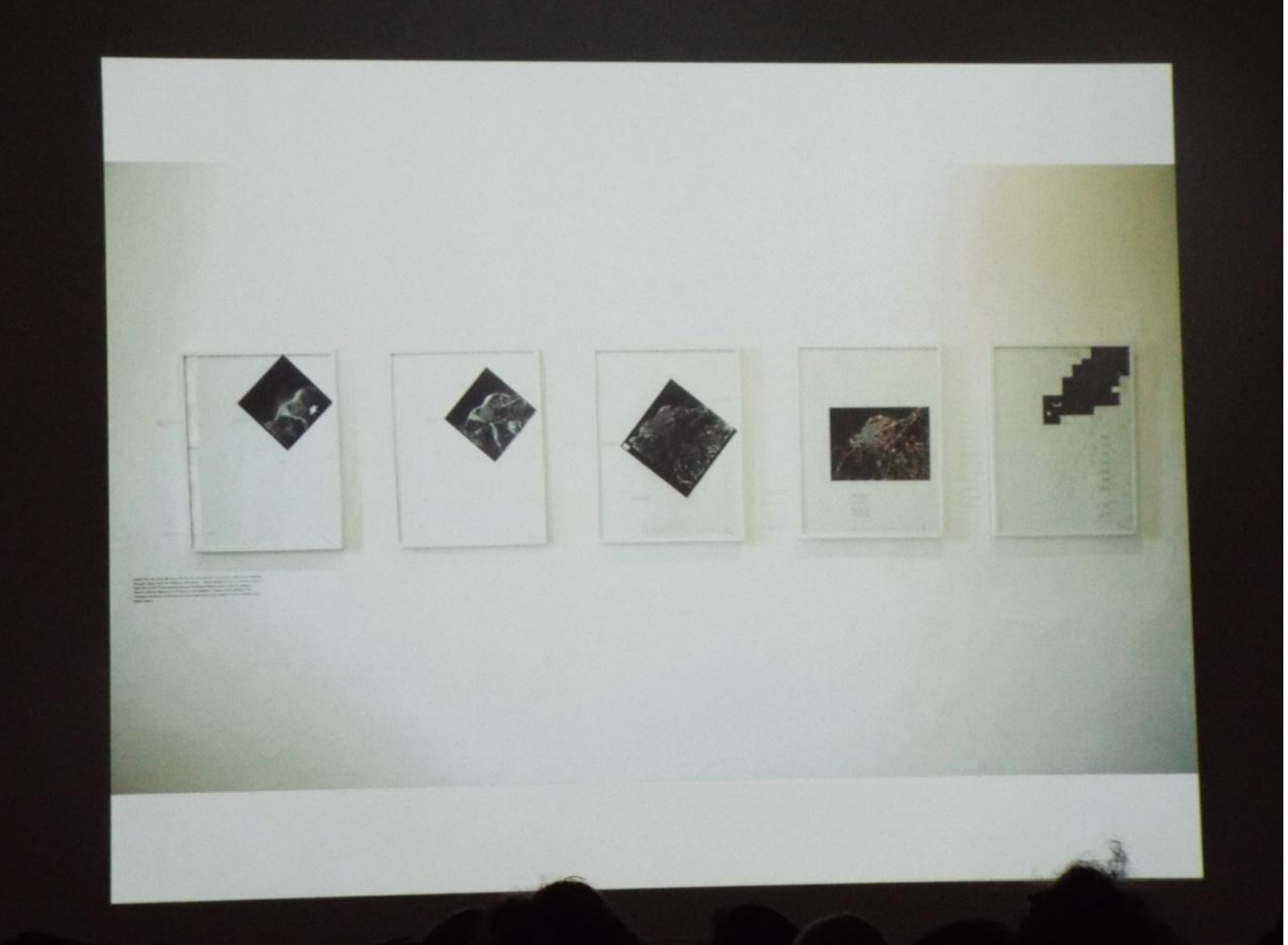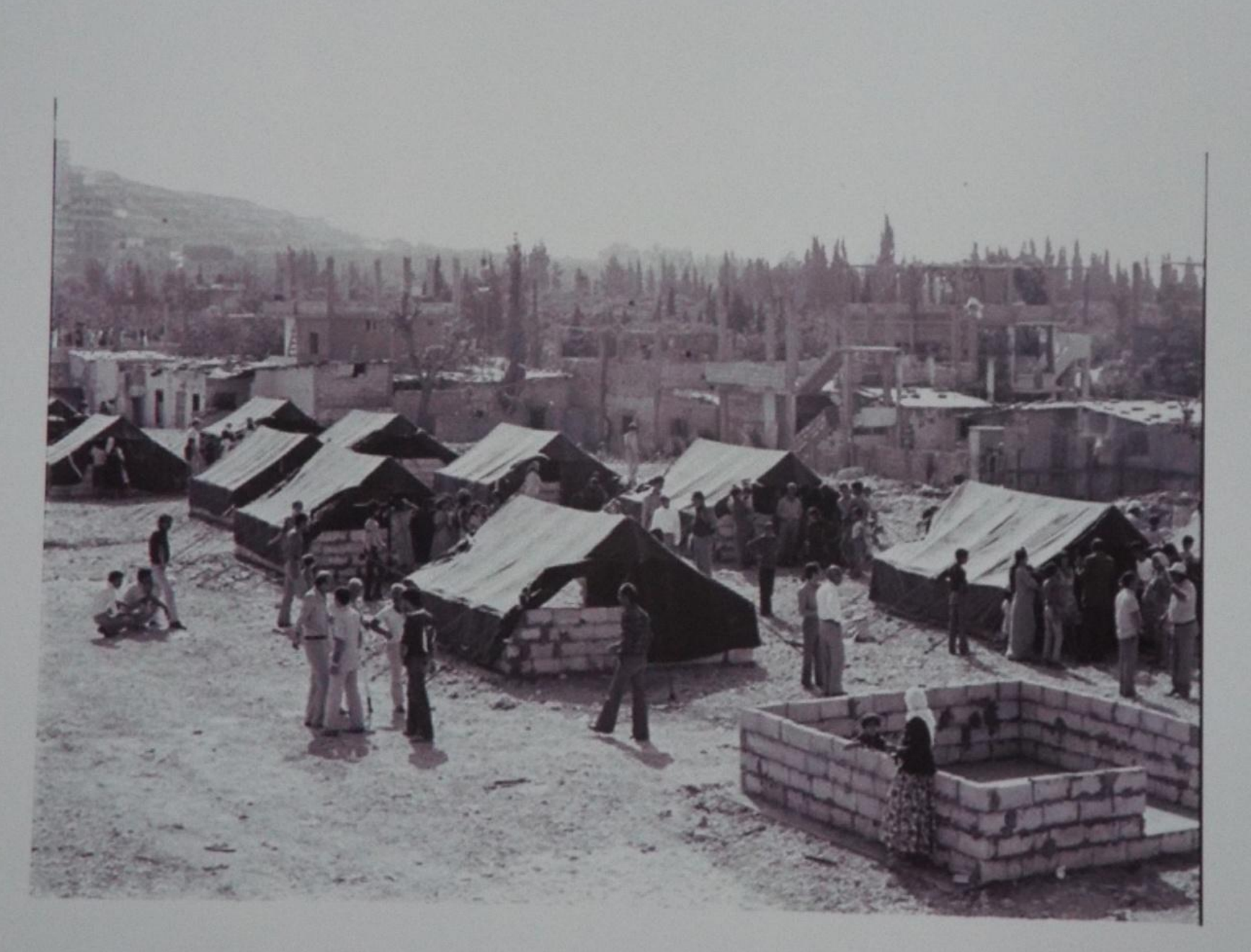‘Actions and Urgencies in Different Contexts’, Part 3
Emergent Art Space artist Asmaa Youssef Elmongi, attended the March Meeting of the Sharjah Art Foundation, in Sharjah, UAE. Her report in three parts highlights talks and projects presented at the meeting from artists and curators around the world.
What follows is Part 3 of Asmaa's report. Click here to see Part One and Two.
March Meeting 2018: 'Active Forms' (Part 3)

Shilpa Gupta, Visual Artist - India
Shilpa Gupta is a Contemporary Indian artist who grew up in the city of Mumbai, where she studied art at Sir J. J. School of Fine Arts, at the main city center. Her work concerns the idea of countries' borders in the political context.
For her project "100 Hand Drawn Maps of My Country", which began in 2008 and finished in 2014, she traveled to Cuenca, Mexico; Tel Aviv and Jerusalem, Israel; Montreal, Canada; and different parts of Italy, to ask ordinary people to draw by memory a map of their home country.
Another art project, which was produced in 2009-2010, was called “Speaking Walls”. It shows that the performer’s identity, which represents artificial political borders, is meaningless, as long as the borders are defined by nature. In this interactive piece, the viewer stands on a line of bricks that face a wall, puts on a headset, listens to the instructions, and reads what is written on an LCD screen on the wall.
The full project on site: http://shilpagupta.com/pages/2010/10speakingwall.htm

Saba Innab, Architect & Artist
Palenstine / Jordan
Back to architectural practice, Saba Innab is a Palestinian-Jordanian architect and artist, based between Amman and Beirut. She is interested in the problematic of the architectural practice itself. “The invisible gap between dwelling and architecture or building, is a gap that I think was magnified by modernity. This is on a very general level, but on a very specific level, I am interested in permanent temporariness", said Innab.
She was one of the participants who worked on the reconstruction of Nahr El Bared refugee camp in the North of Lebanon. Saba explained that the camp was completely destroyed in 2007 after an army conflict between the Lebanese army and the Islam’s fundamental school of “Fatah Al Islam”. It is the first Palestinian refugee camp in Lebanon to be destroyed and reconstructed within the original frameworks.

The place was secured by the army. This transformed the question from: How do you rebuild the camp? into: How do you live and how to build without a land?
The latter question became the title of the ongoing project, composed of several elements dealing with this idea of the possibility of dwelling in the temporary.

Saba continued that the camp has no spatial documentation except for four aerial photos taken at different times for different purposes; one photograph was taken in 1950, one year after the establishment of the camp; another photograph in 1968-1969, a couple of years after receiving the second group of refugees; the third one was taken in 1994, a few years after the end of the Lebanese civil war; and the last one in 2007, a very comprehensive photo of the camp taken by the army during the battle with Fatah, before the destruction of the camp. A 2013 Google Maps photo shows the camp after the conflict ended.
An adaptation of the same process of reclamation, “Rahhala” or “The Traveler”, is another project that shows processes of collecting spaces and architecture typologies. Those spaces are materialized, becoming more typographic or archaeological sites, maybe between a point in the past and the present typology of contemporary architecture.


In the 1980s it was reclaimed as a residential building in Kuwait, as a point of departure that unfolds into other spaces and other forms of migration and exile. A visual memory of the space is deconstructed into angles, materials, and shadows. This space becomes not only an extension of the Palestinian refugee, but also part of the de-territorialization of working class and migrant workers in the region. The major tool of this process was the construction of models and drawing.
Innab explained that "the model here is not something to be built. On the contrary, it is an abstraction of a moment in time. It becomes the space and also the material - new or from a demolished site."

She presented an archival image from the UNRWA archive of Baqa’a refugee camp in North of Amman in 1970s. It documents exact moments when tents were transforming into modular walls.
Other Works
In addition to intensive talks and initiatives during the Meeting, there were exhibitions, performances, as well as film screenings.
The Arabic version of the performance “Song of Roland” directed by the Alexandrian artist Wael Shawky was held in the Calligraphy Square. It is based on the French epic poem “La Chanson De Roland” that tells the story of the battle between Christians and Saracens. The background of the performance consisted of a hundred small pieces that represent the city of Aleppo, Baghdad, and Istanbul. A group of traditional Arab musicians and singers sing this epic tale in the style of Fidjeri.
Last but not least “A Flood in Baath Country” a Syrian documentary film directed by the Syrian film director and prominent civil society activist Omar Amiralay, focused on the construction of the impressive Euphrates Dam and other efforts to modernize Syria in the 1970s.
Hope you have enjoyed reading about the 2018 March Meeting in Sharjah, UAE. This article concludes the series.